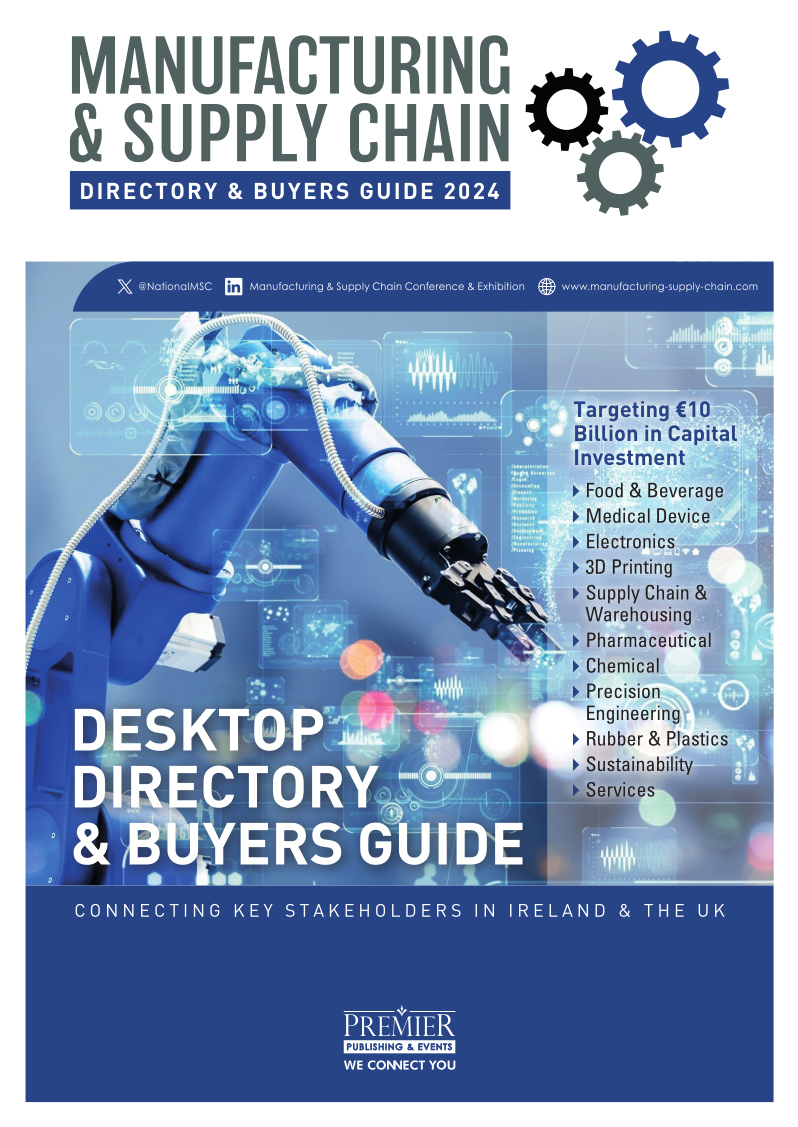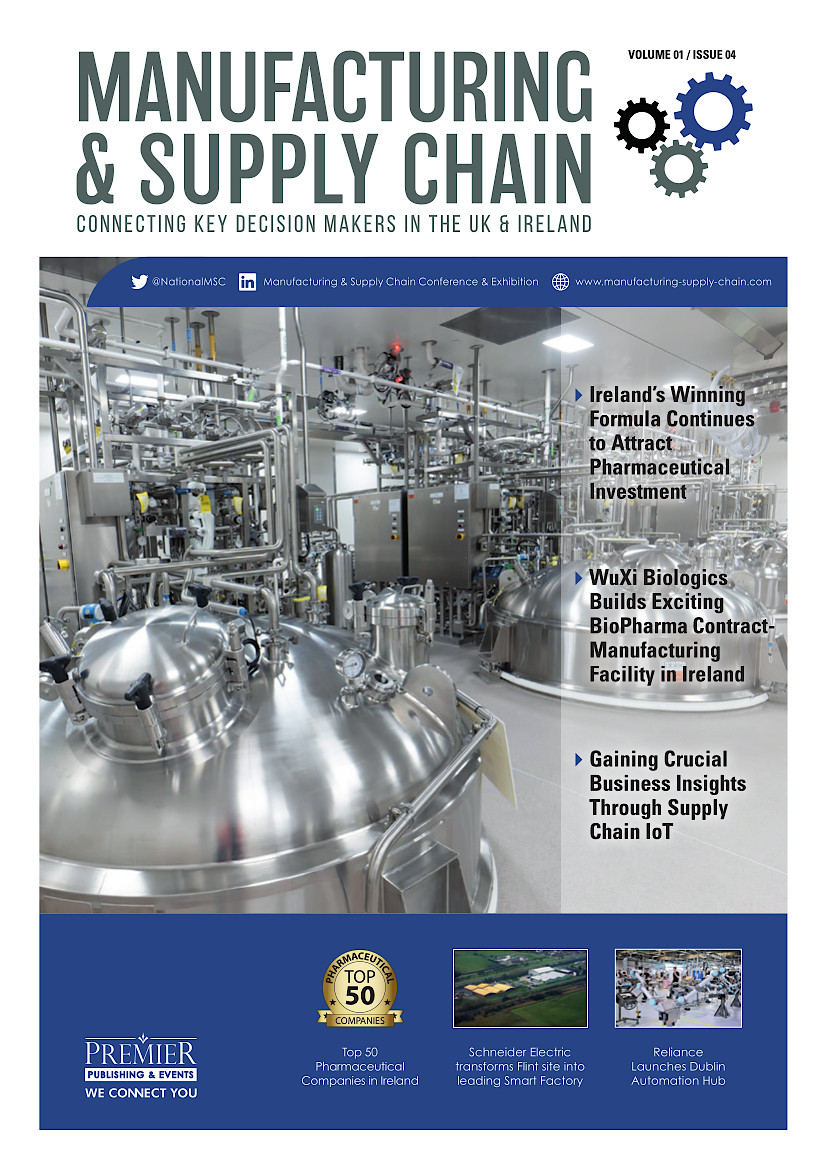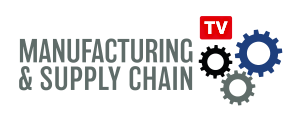Irish Construction – New orders continue to rise sharply, despite rate of growth softening

The Ulster Bank Construction Purchasing Managers’ Index® (PMI®) – a seasonally adjusted index designed to track changes in total construction activity – posted 56.3 in September. Although dipping from 57.5 in August and down for the fourth month running, the latest reading continued to signal a marked expansion of construction activity at the end of the third quarter. Total activity has now risen in five consecutive months, with firms mainly linking the latest expansion to improving customer demand. Index readings above 50 signal an increase in activity on the previous month and readings below 50 signal a decrease.
Commenting on the survey, Simon Barry, Chief Economist Republic of Ireland at Ulster Bank, noted that: “Irish construction firms continued to experience strong growth in activity in September according to the latest results of the Ulster Bank Construction PMI survey. The headline PMI did ease back for the fourth consecutive month, but this is an unsurprising development following the exceptionally and unsustainably rapid growth rates recorded as the sector snapped back following its post-lockdown reopening. At 56.3, the headline index of overall activity still points to very solid growth on a par which that experienced in the three years prior to the pandemic, while it also points to faster growth than signalled by the latest construction PMIs in both the Eurozone and UK.
“Irish construction firms report that their activity, orders and employment levels continue to benefit from the strengthening of demand conditions which has accompanied the easing of restrictions on the sector itself as well as on the wider economy. However, the September survey again picked up reports of ongoing supply-side challenges, partly linked to the pandemic and to Brexit. Firms reported difficulty in sourcing materials and staff, with the rate of input cost inflation remaining near record levels last month. Nevertheless, despite such headwinds, firms remain confident about the 12-month ahead outlook as sentiment was again above long-run average levels, if down from August. Just under half of all respondents anticipate activity gains in the coming year, with optimism linked to expectations that the ongoing release of pent-up demand will continue to support growth.”
Further expansions in housing and commercial activity
Overall growth was again driven by housing and commercial activity, both of which increased sharply. The stronger increase was again seen for residential activity despite some softening of growth, with the rate of expansion in commercial activity quickening since August. Meanwhile, civil engineering activity fell for the second month running.
Continued growth of new orders
 In line with the picture for activity, new orders continued to increase sharply, albeit to a weaker extent. Companies often indicated that they continued to benefit from the uplift in demand following the easing of COVID-19 restrictions on the sector.
In line with the picture for activity, new orders continued to increase sharply, albeit to a weaker extent. Companies often indicated that they continued to benefit from the uplift in demand following the easing of COVID-19 restrictions on the sector.
Employment and purchasing increase
Further growth of new orders fed through to increases in both employment and purchasing activity during September. Staffing levels rose at a solid pace, albeit one that was the softest since April as some firms reported that difficulties sourcing staff had prevented a stronger pace of job creation. Meanwhile, efforts to build stocks of inputs amid widespread material shortages also contributed to the latest sharp rise in purchasing activity.
Global material shortages was one factor leading to a further substantial lengthening of suppliers’ delivery times, with delays in September more pronounced than seen in August. Longer lead times were also caused by Brexit, the COVID-19 pandemic and a lack of drivers.
With raw materials often in short supply, firms experienced another steep rise in input costs. Brexit and freight disruption also added to inflationary pressures. The latest rise in input prices was only fractionally softer than July’s series record.
Business sentiment eased to a seven-month low in September, but firms were still strongly confident in the 12-month outlook for activity. In fact, confidence remained above the series average. Panellists often indicated that they hope for pent-up demand to continue to be released, thereby supporting further increases in activity over the coming year.




























